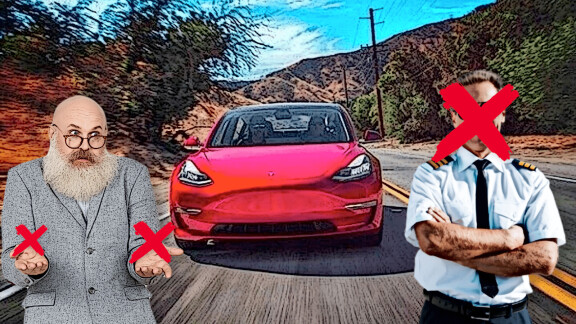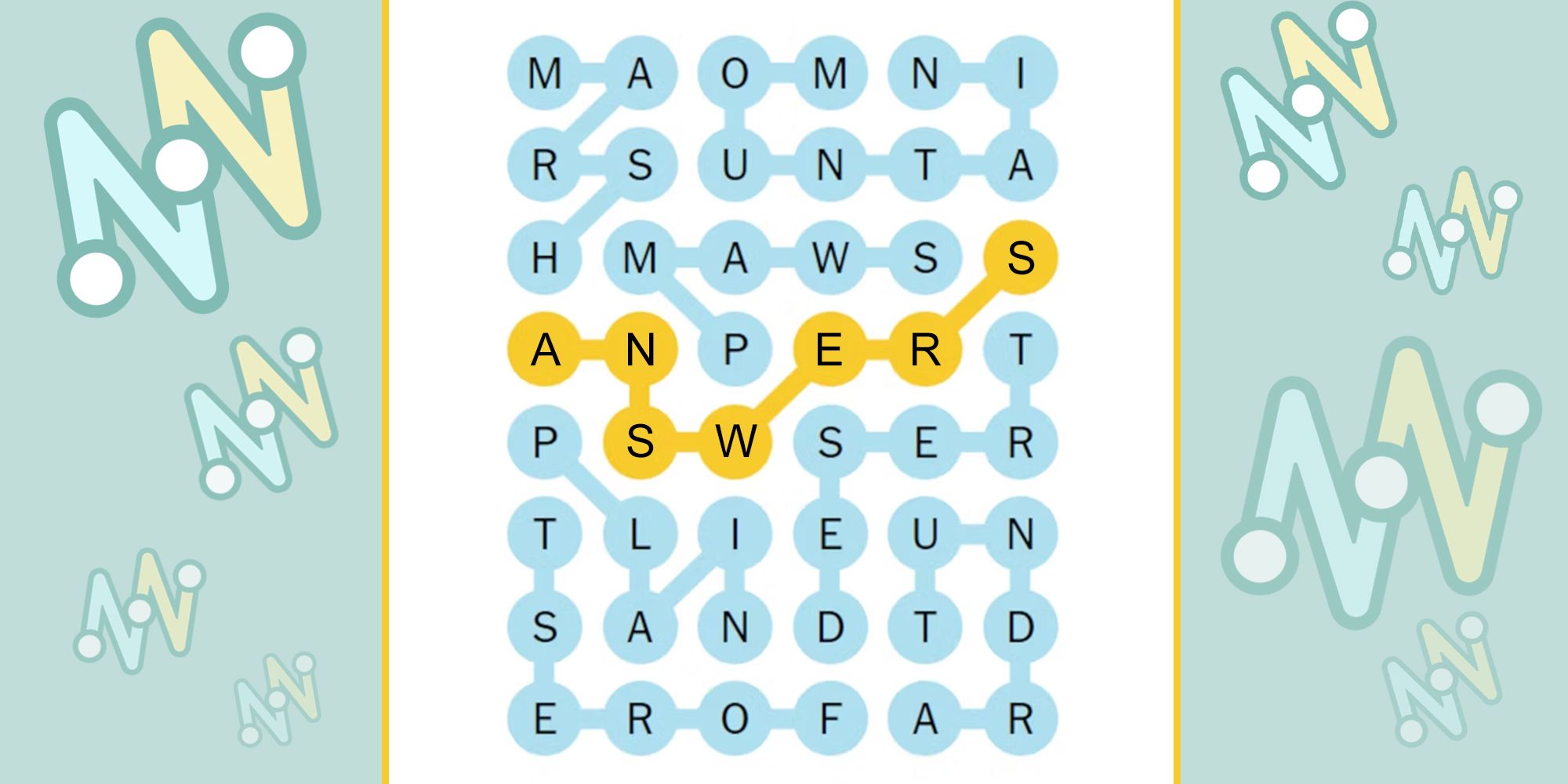The Slow Rollout Of Elon Musk's Autonomous Vehicle Plans

Table of Contents
Technological Hurdles in Achieving Full Autonomy
The transition from assisted driving features like Tesla Autopilot to fully autonomous driving (Level 5 autonomy) presents formidable technological hurdles. The complexity surpasses initial expectations, causing significant delays.
The Complexity of Perception and Sensor Fusion
Reliable perception is the cornerstone of any autonomous driving system. Self-driving cars must accurately interpret data from various sensors – cameras, lidar, and radar – to build a comprehensive understanding of their surroundings. However, this proves incredibly challenging in real-world conditions.
- Difficulties with object recognition in adverse weather: Rain, snow, fog, and darkness significantly impair sensor performance, leading to misinterpretations and potential accidents.
- Handling unexpected events: Unpredictable events such as construction zones, sudden pedestrian movements, or animals crossing the road require sophisticated algorithms capable of rapid and safe responses. Current systems struggle with these unforeseen circumstances.
- Limitations of current sensor technology: While sensor technology is rapidly advancing, limitations persist in range, accuracy, and the ability to reliably distinguish between objects in complex scenarios. The fusion of data from multiple sensors remains a computationally intensive and error-prone process.
The Challenges of Decision-Making and Path Planning
Even with perfect perception, autonomous vehicles need sophisticated algorithms to make safe and efficient driving decisions. This involves complex path planning, considering traffic flow, road rules, and the unpredictable behavior of other drivers and pedestrians.
- Dealing with unpredictable human behavior: Human drivers are notoriously unpredictable. Anticipating their actions and reacting safely to erratic driving requires incredibly robust algorithms and predictive models.
- Ethical dilemmas in autonomous decision-making: In unavoidable accident scenarios, autonomous vehicles must make difficult ethical decisions, raising complex questions about programming moral choices into algorithms.
- Computational power requirements: The processing power needed for real-time decision-making and path planning in complex environments is substantial, demanding highly efficient and powerful onboard computers.
Software Development and Testing
Developing and thoroughly testing autonomous driving software is an immensely challenging undertaking. The sheer complexity necessitates extensive simulation and real-world testing to identify and address edge cases.
- The need for extensive simulation and real-world testing: Millions of miles of testing are required to adequately evaluate the safety and reliability of autonomous systems. This is both time-consuming and costly.
- The difficulty of identifying and correcting edge cases: Rare and unpredictable scenarios (edge cases) can expose critical flaws in autonomous driving systems. Identifying and fixing these requires significant effort and expertise.
- The ongoing software updates and improvements required: Autonomous driving software is constantly evolving, requiring regular updates and improvements to enhance safety and performance.
Regulatory and Legal Obstacles to Autonomous Vehicle Deployment
The deployment of autonomous vehicles faces significant regulatory and legal hurdles, varying significantly across different jurisdictions. This lack of standardization creates a fragmented landscape that hinders widespread adoption.
Varying Regulations Across Jurisdictions
Inconsistencies in regulations create a complex and challenging environment for autonomous vehicle manufacturers.
- Licensing requirements for autonomous vehicles: The process of obtaining licenses and permits for testing and deploying autonomous vehicles varies considerably across states and countries.
- Liability issues in accidents involving self-driving cars: Determining liability in accidents involving autonomous vehicles presents significant legal challenges, requiring careful consideration of manufacturer, software developer, and user responsibilities.
- Data privacy concerns: Autonomous vehicles collect vast amounts of data about driving behavior and surrounding environments, raising significant privacy concerns that need to be addressed through robust data protection measures.
Safety Standards and Certification
Before autonomous vehicles can be deployed safely, they must meet stringent safety standards and undergo rigorous certification processes.
- Rigorous testing protocols: Independent safety testing and verification are essential to ensure the safety and reliability of autonomous driving systems.
- The need for fail-safe mechanisms: Redundant systems and fail-safe mechanisms are crucial to prevent accidents in the event of system malfunctions.
- Public trust and acceptance: Widespread adoption of autonomous vehicles requires building public trust and addressing concerns about safety and reliability.
Ethical and Societal Implications
The widespread adoption of autonomous vehicles will have profound ethical and societal implications.
- Job displacement in transportation sectors: Autonomous vehicles could lead to significant job losses in the transportation industry, including truck drivers, taxi drivers, and delivery personnel.
- Questions about algorithmic bias: Algorithms used in autonomous driving systems could potentially exhibit biases, leading to unfair or discriminatory outcomes.
- Access and affordability: Ensuring equitable access to autonomous vehicle technology and preventing it from becoming a luxury available only to the wealthy is a crucial societal concern.
Competition and Market Dynamics in the Autonomous Vehicle Sector
The autonomous vehicle sector is fiercely competitive, with numerous companies vying for market leadership. Tesla, while a prominent player, faces stiff competition from established automakers and tech giants.
The Intense Competition from Other Automakers
Tesla is not alone in the race to develop autonomous driving technology. Other major players are making significant advancements.
- Companies like Waymo, Cruise, and others: These companies are investing heavily in the development of autonomous driving technology and are actively deploying self-driving vehicles in various cities.
- Their technological advancements and market strategies: Competition is driving innovation, pushing companies to develop more advanced and reliable autonomous driving systems.
The Evolution of Tesla's Autopilot and FSD
Tesla's Autopilot and Full Self-Driving (FSD) capabilities have undergone significant evolution, but they remain far from fully autonomous.
- The different levels of autonomy offered: Tesla's systems offer varying levels of driver assistance, but they still require driver supervision and intervention.
- The ongoing updates and feature additions: Tesla continuously updates its software, adding new features and improving existing ones.
- Customer feedback and experiences: Customer experiences and feedback play a vital role in shaping the development and improvement of Tesla's autonomous driving systems.
Conclusion
The slow rollout of Elon Musk's autonomous vehicle plans reflects the reality of significant technological hurdles, complex regulatory landscapes, and intense market competition. While the promise of fully autonomous vehicles remains compelling, the path to achieving this vision is proving longer and more challenging than initially anticipated. Technological advancements in areas such as sensor fusion, decision-making algorithms, and software testing are crucial. Addressing regulatory inconsistencies and fostering public trust are equally important. Further research into the slow rollout of Elon Musk's autonomous vehicle plans is essential to understand the future of transportation. Stay informed about the advancements and challenges in the field of autonomous vehicle technology and follow the evolution of Elon Musk's autonomous vehicle plans. The journey towards truly autonomous vehicles is a marathon, not a sprint.

Featured Posts
-
 Rare Rebuke Trumps Response To Putins Actions In Kyiv
Apr 25, 2025
Rare Rebuke Trumps Response To Putins Actions In Kyiv
Apr 25, 2025 -
 Indias Ultra High Net Worth Individuals And International Investments
Apr 25, 2025
Indias Ultra High Net Worth Individuals And International Investments
Apr 25, 2025 -
 The India Journey That Made Usha Vance A Star
Apr 25, 2025
The India Journey That Made Usha Vance A Star
Apr 25, 2025 -
 Conciliatory Trump Remarks Boost Gold Prices
Apr 25, 2025
Conciliatory Trump Remarks Boost Gold Prices
Apr 25, 2025 -
 Renewed Effort Taiwan International Solidarity Act Back In Us Congress
Apr 25, 2025
Renewed Effort Taiwan International Solidarity Act Back In Us Congress
Apr 25, 2025
Latest Posts
-
 Tuesday March 4th Nyt Strands Answers Game 366
May 10, 2025
Tuesday March 4th Nyt Strands Answers Game 366
May 10, 2025 -
 Nyt Strands Puzzle Solutions Tuesday March 4th Game 366
May 10, 2025
Nyt Strands Puzzle Solutions Tuesday March 4th Game 366
May 10, 2025 -
 Strands Nyt Crossword Hints And Answers Tuesday March 4th Game 366
May 10, 2025
Strands Nyt Crossword Hints And Answers Tuesday March 4th Game 366
May 10, 2025 -
 Nyt Crossword Solutions April 6 2025 Hints For The Sunday Puzzle
May 10, 2025
Nyt Crossword Solutions April 6 2025 Hints For The Sunday Puzzle
May 10, 2025 -
 Solve Nyt Strands Game 374 Hints And Answers For March 12
May 10, 2025
Solve Nyt Strands Game 374 Hints And Answers For March 12
May 10, 2025
